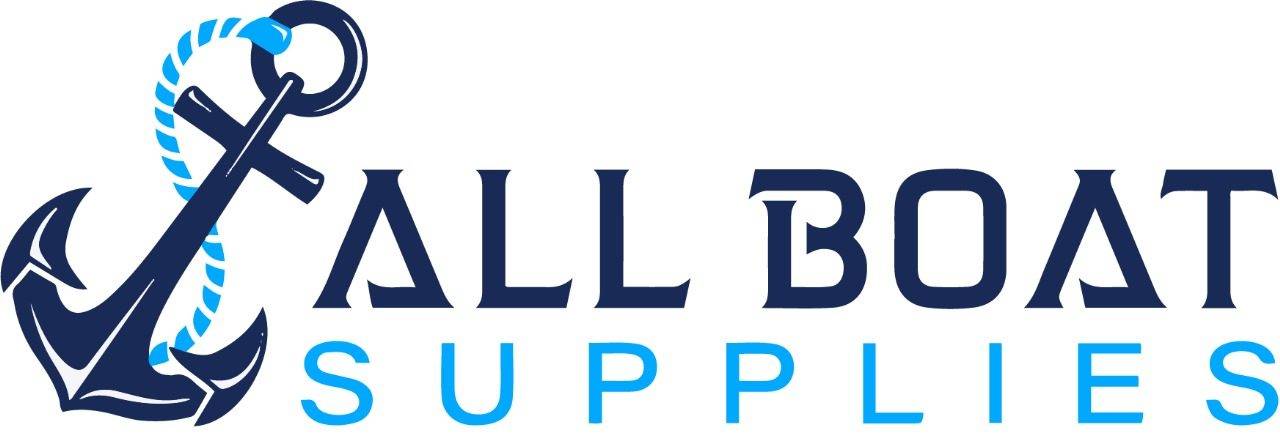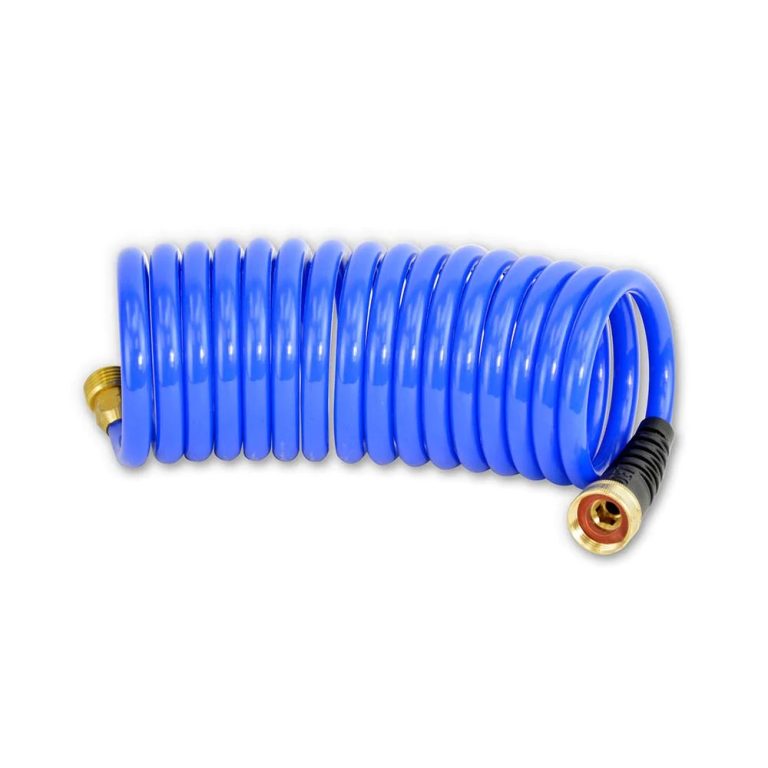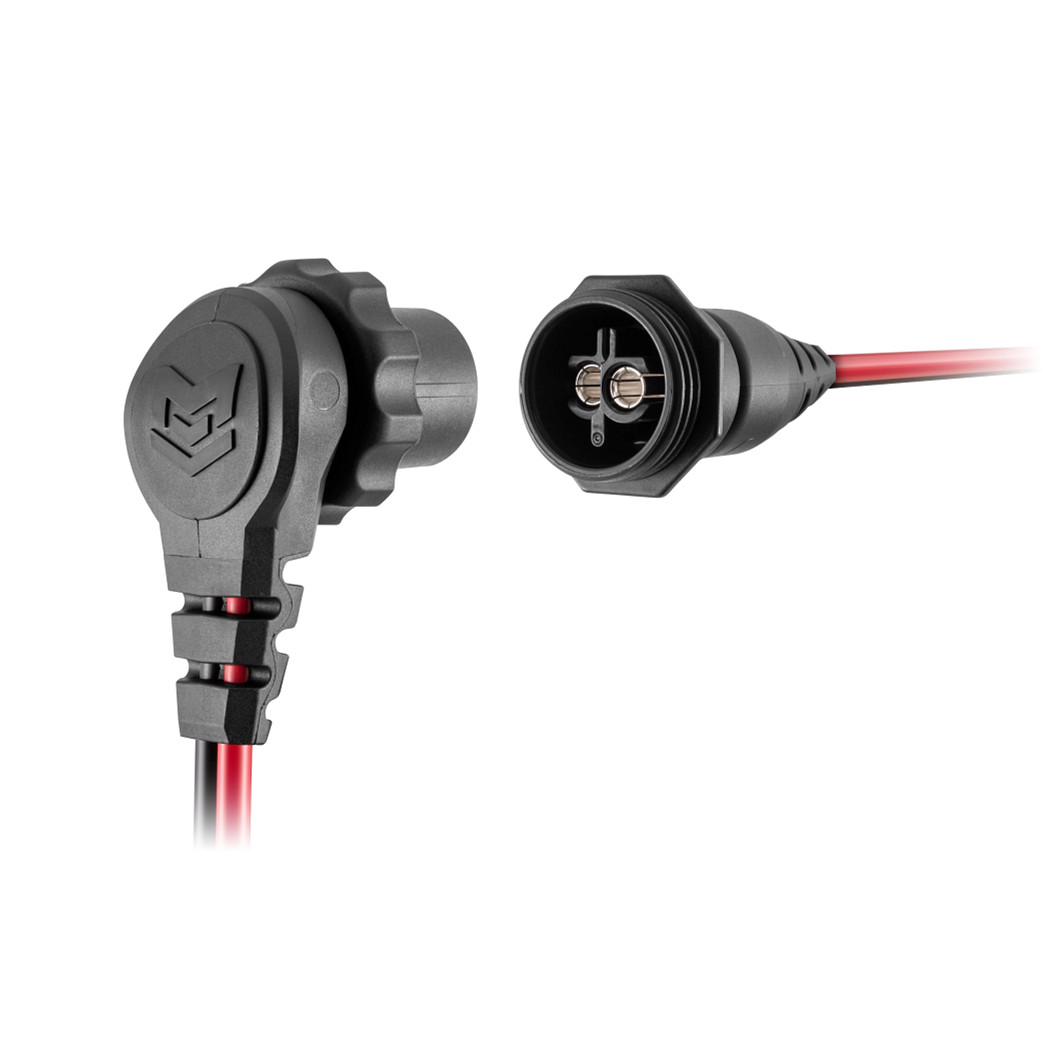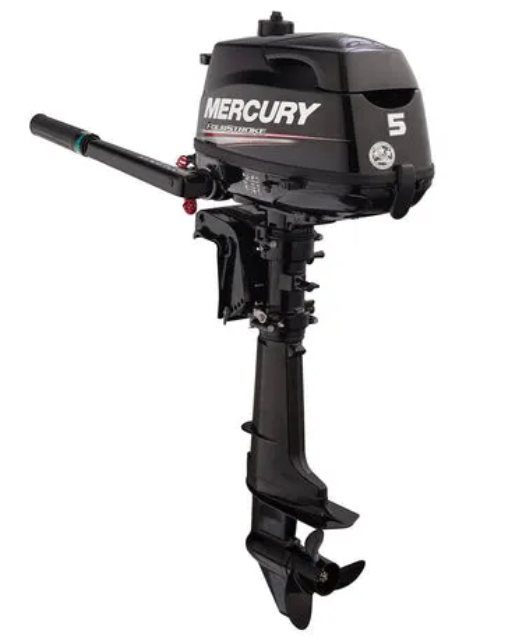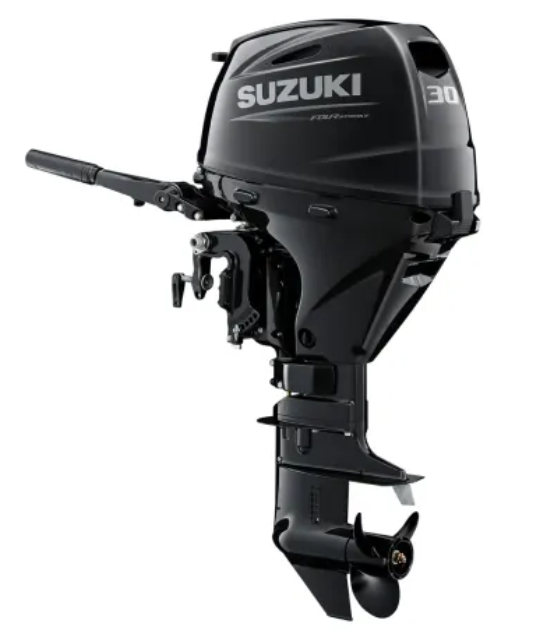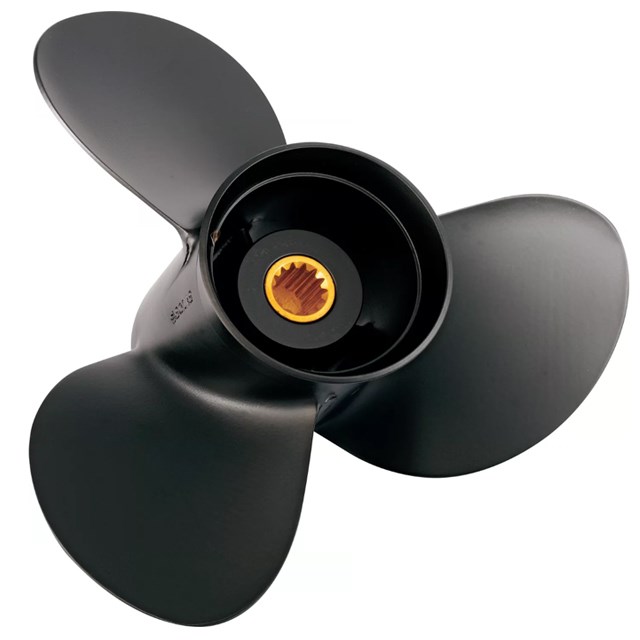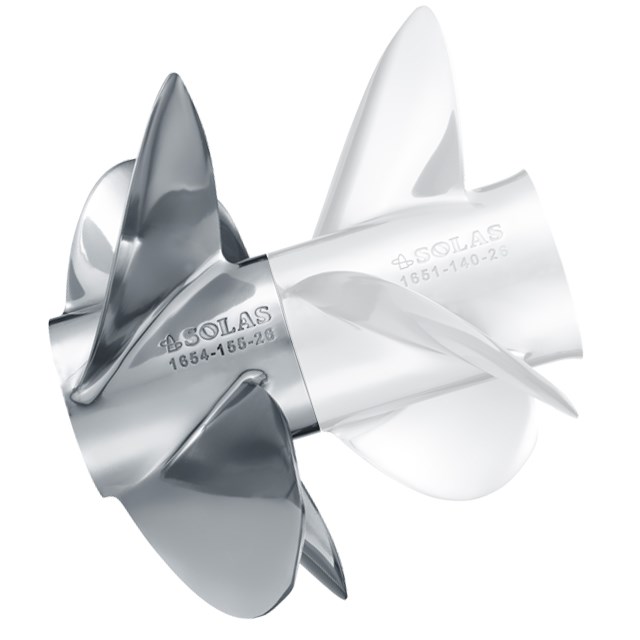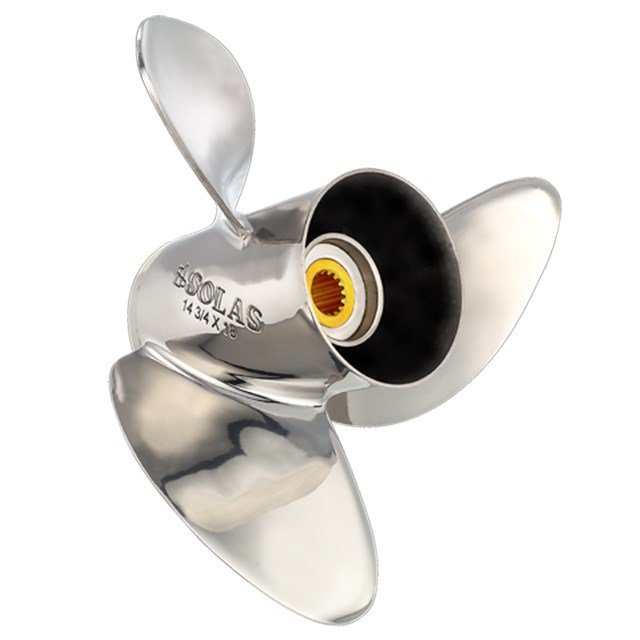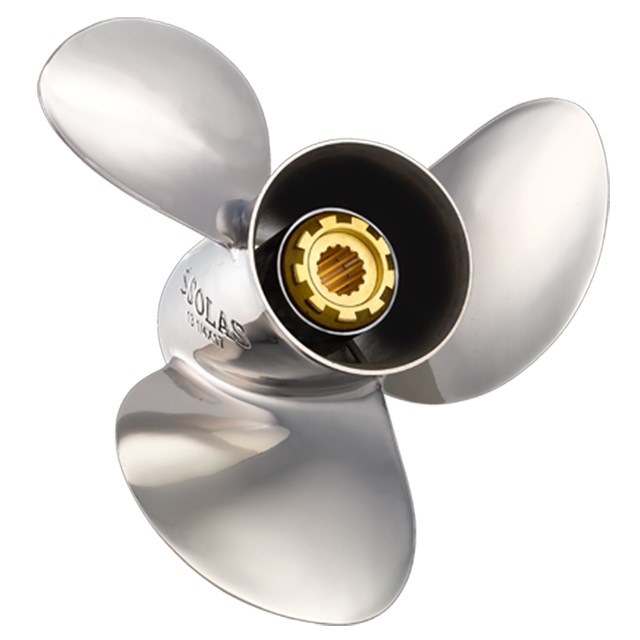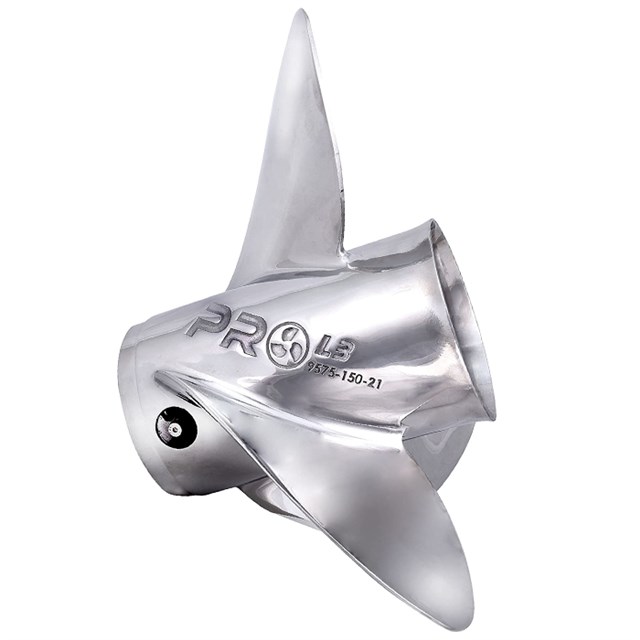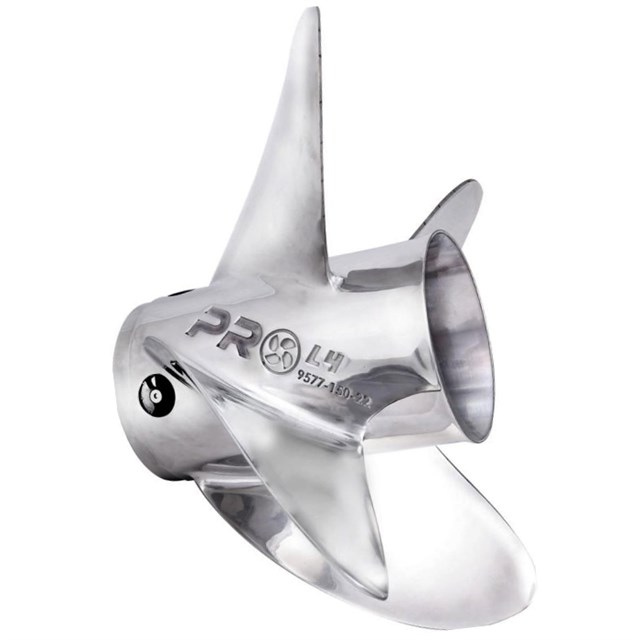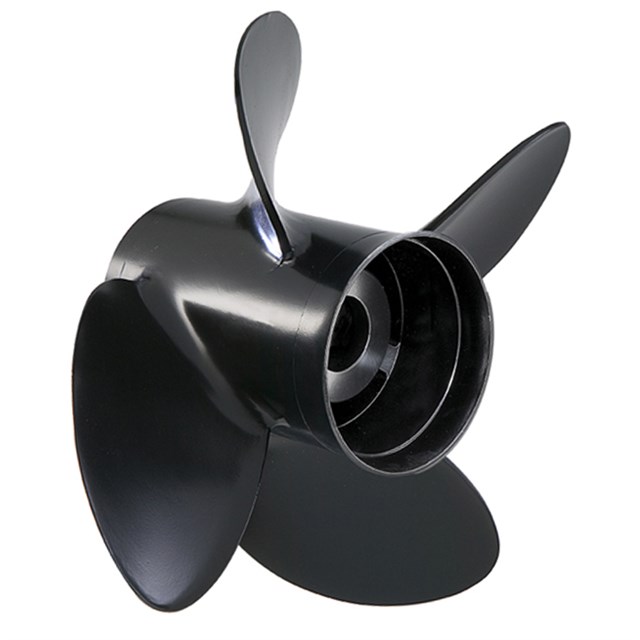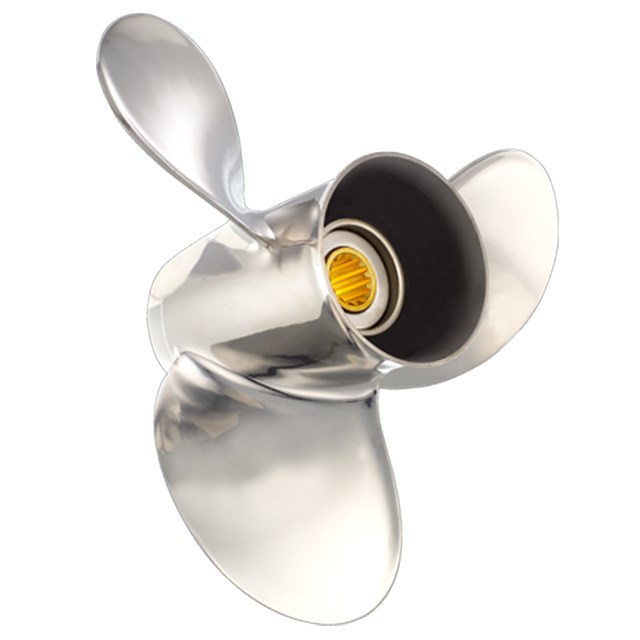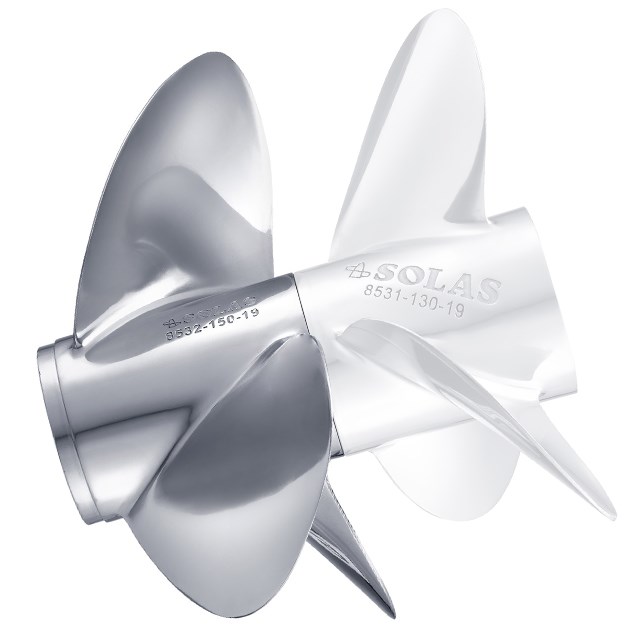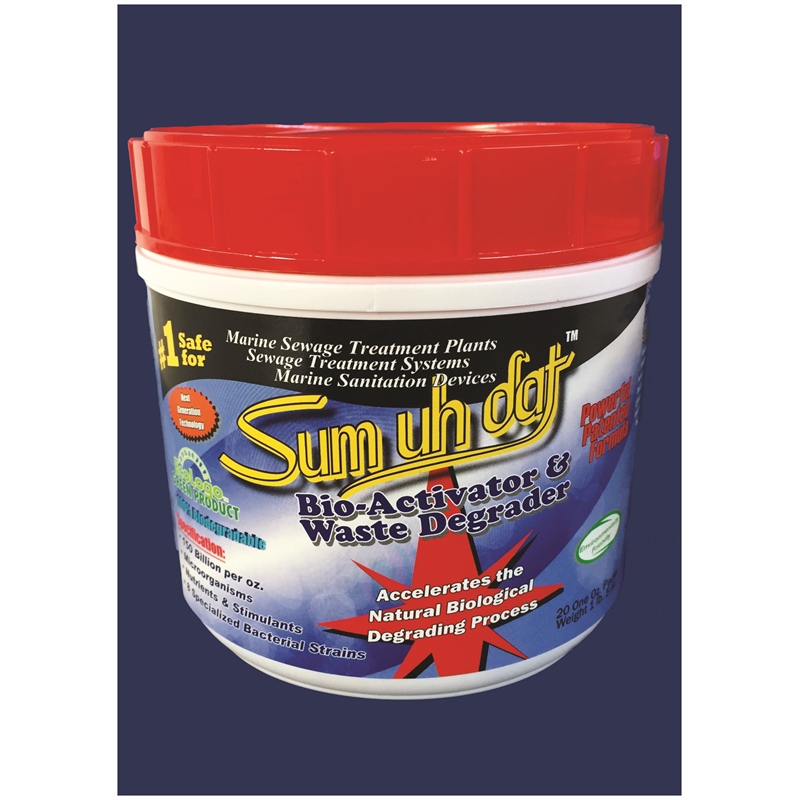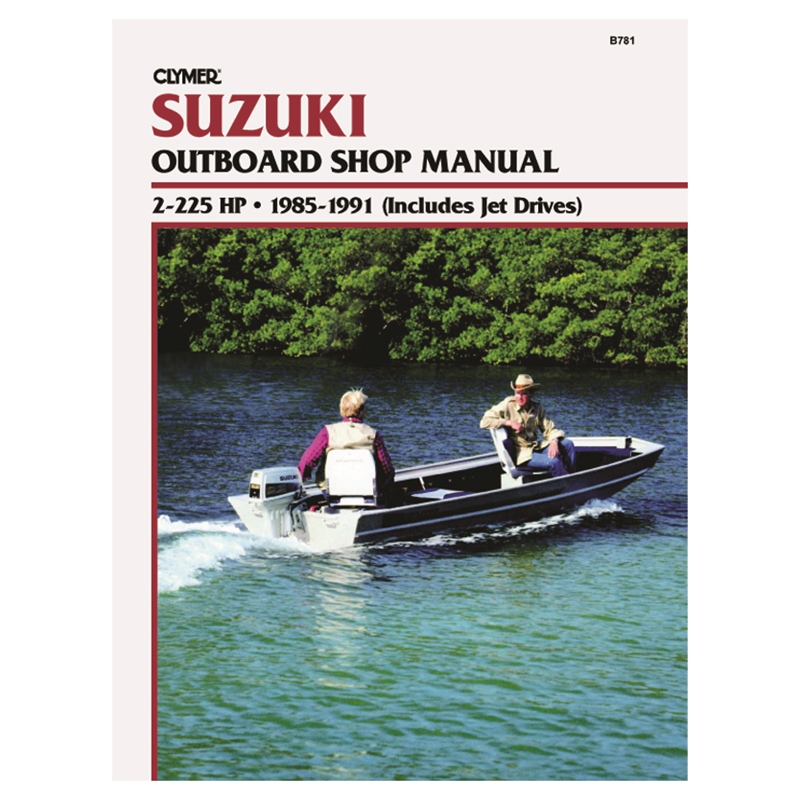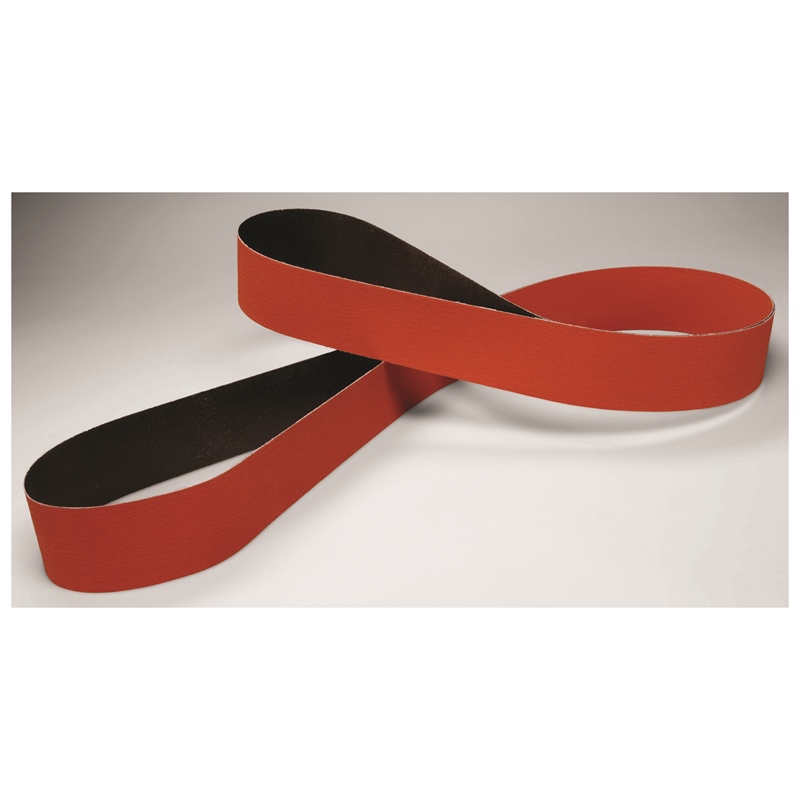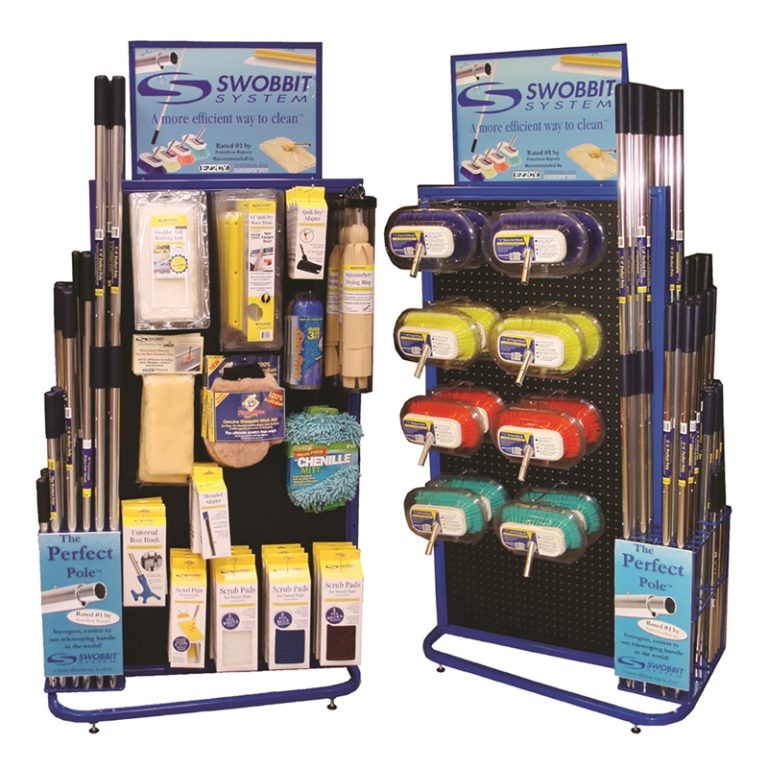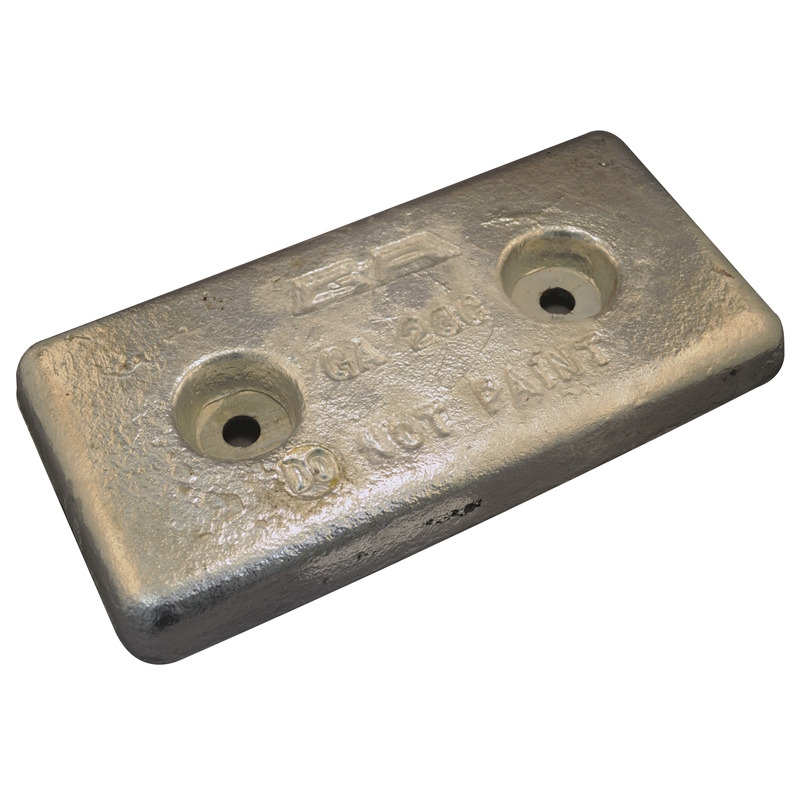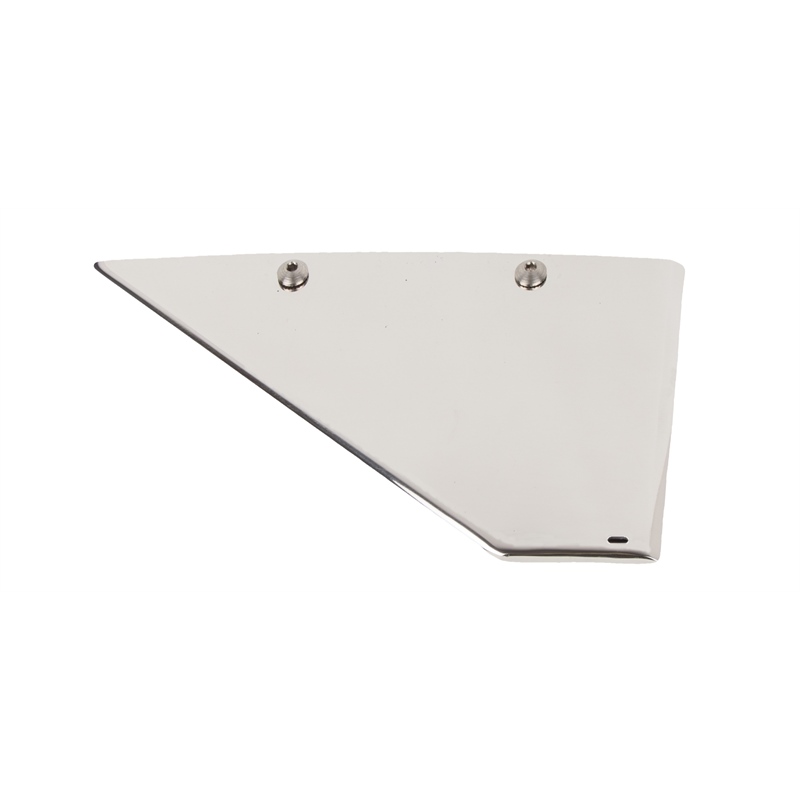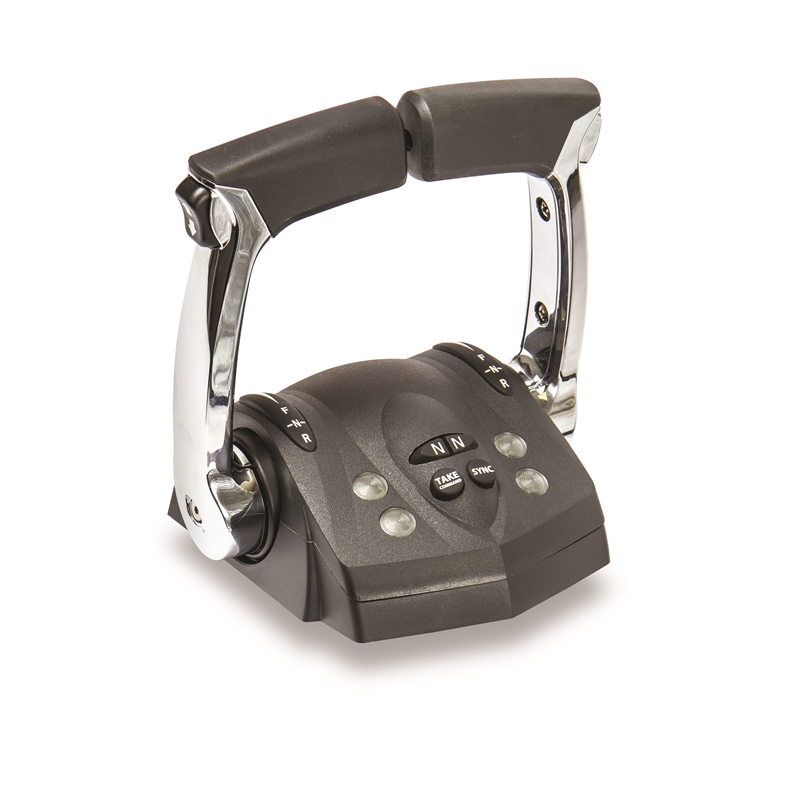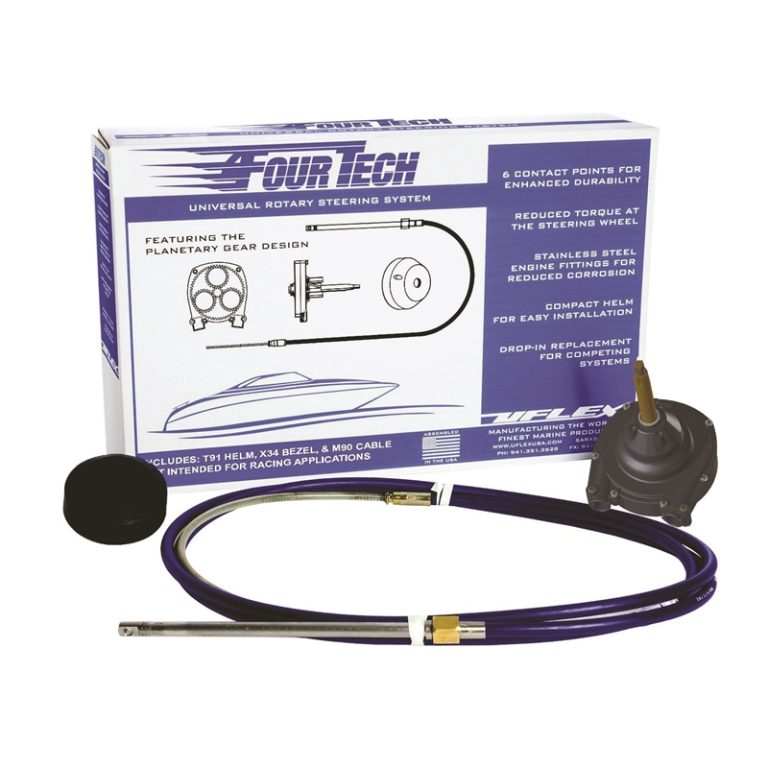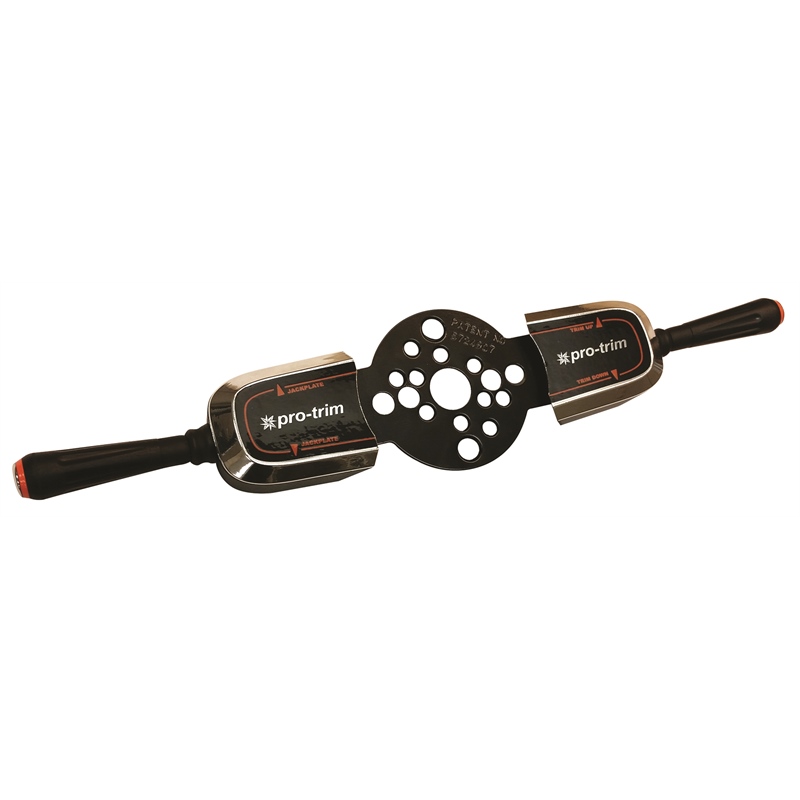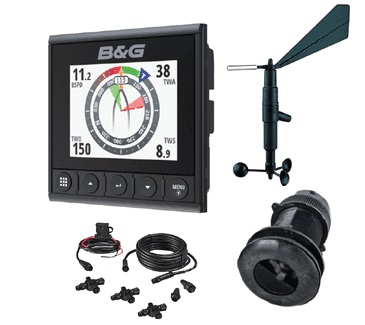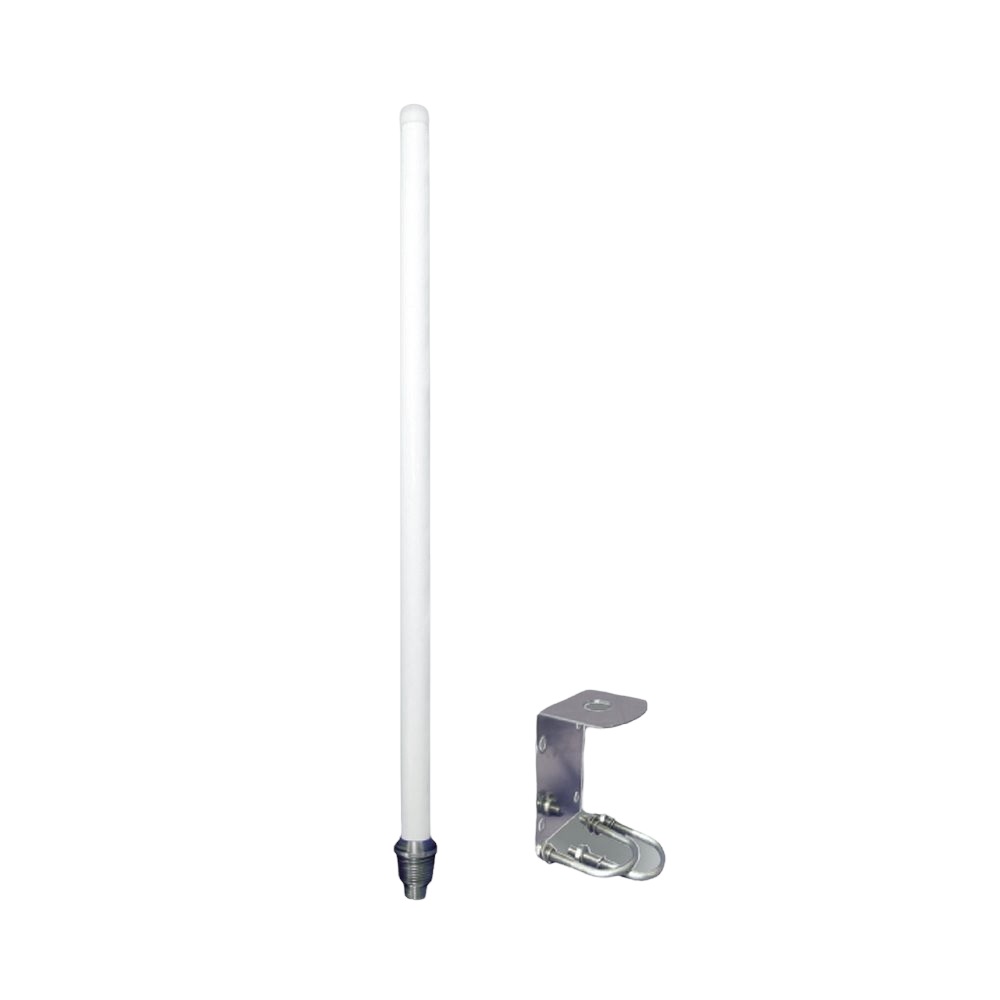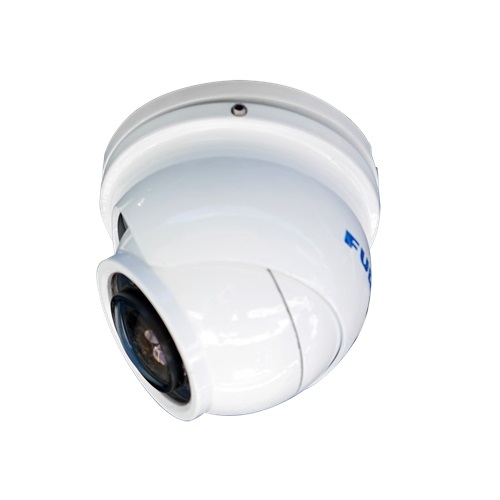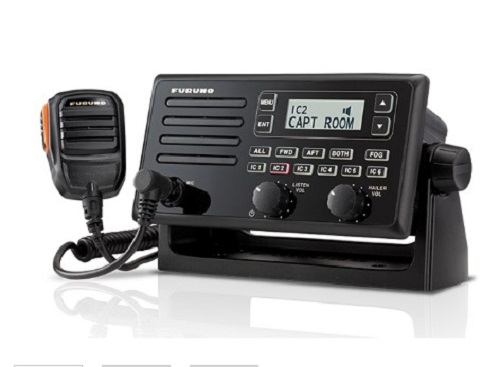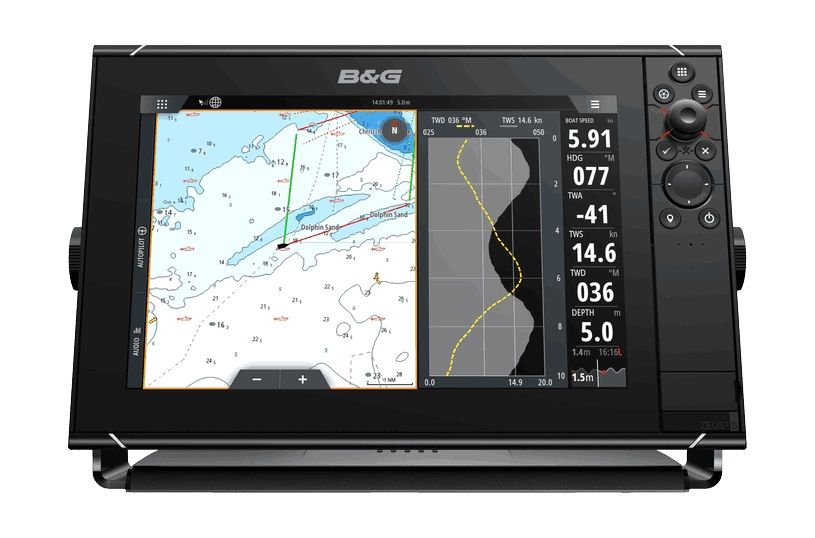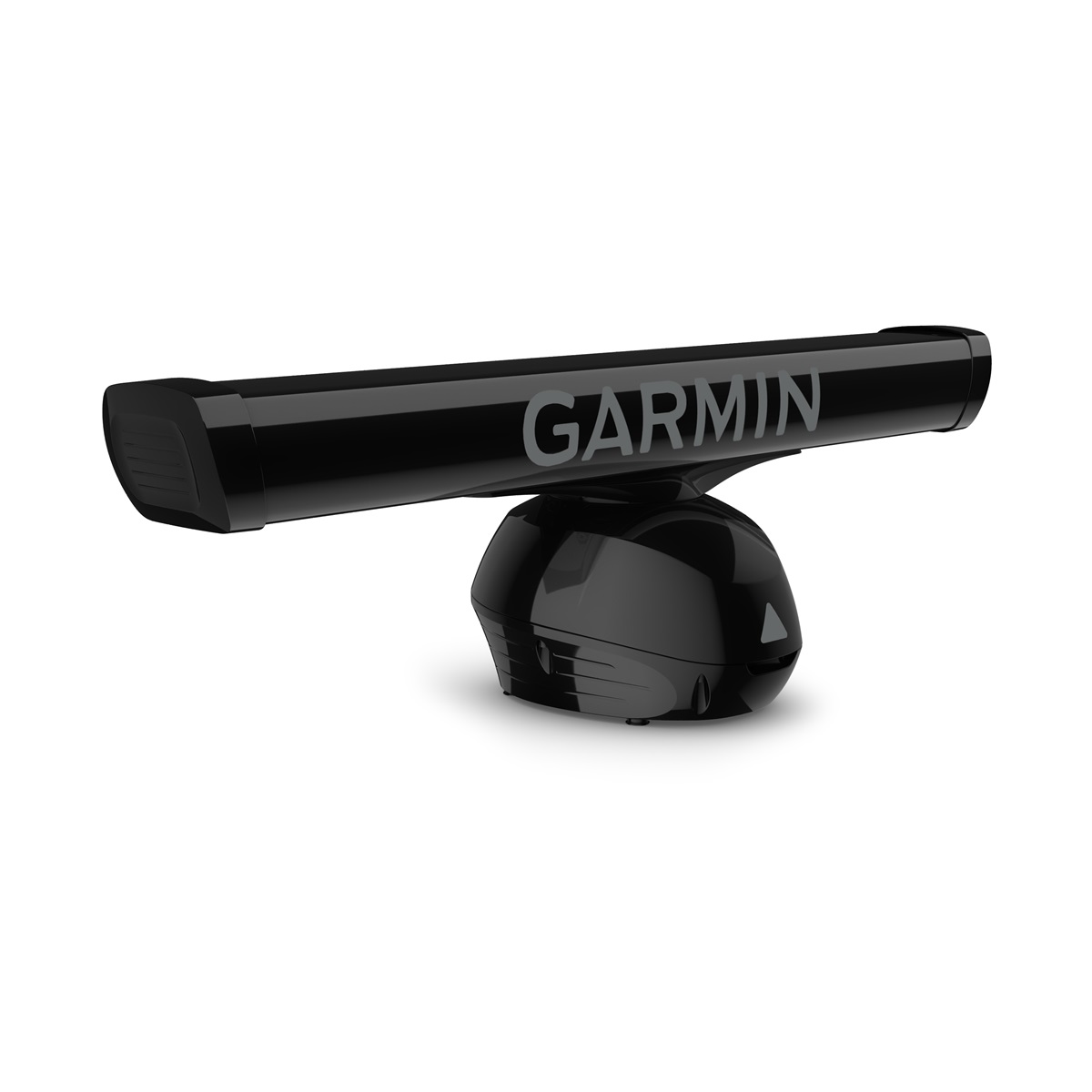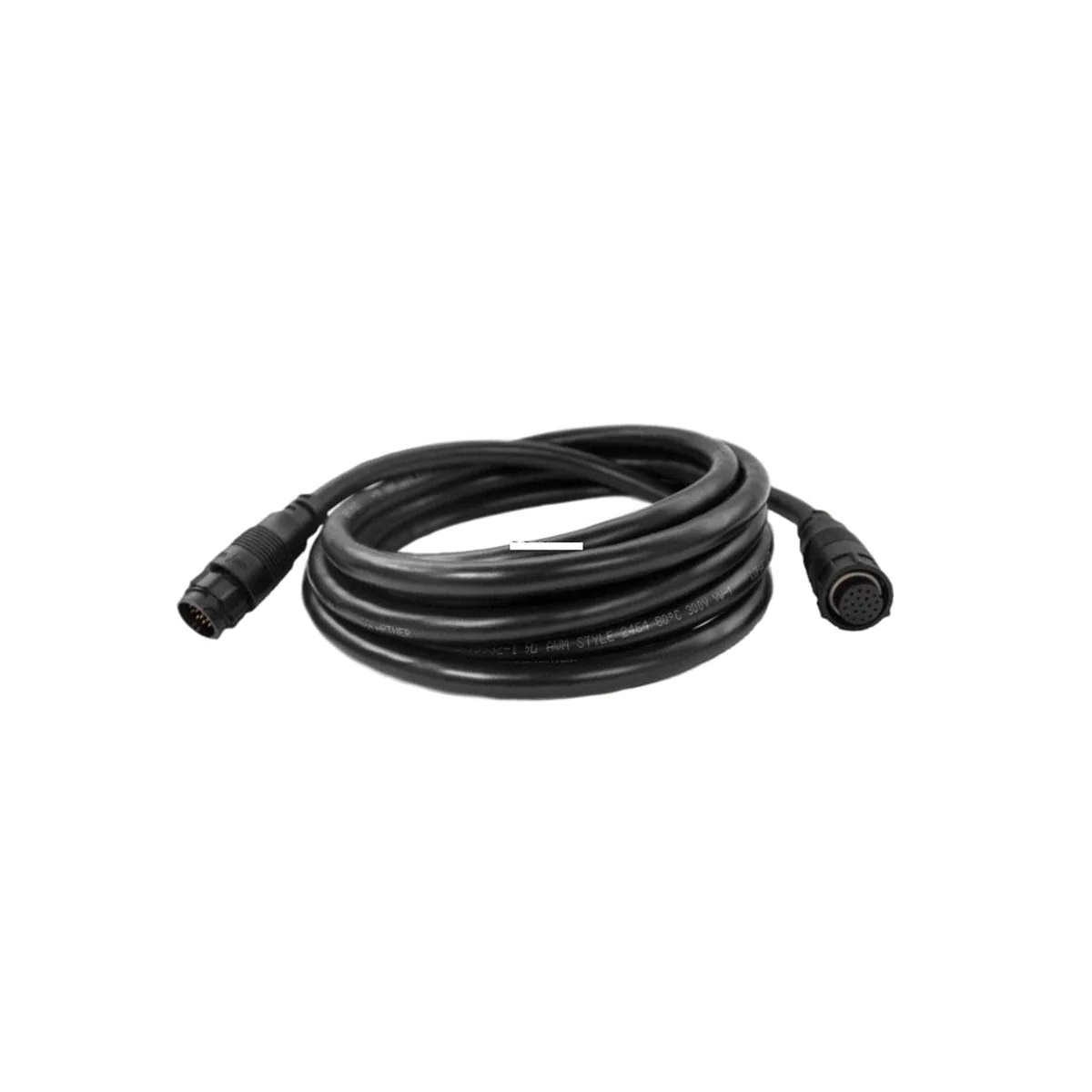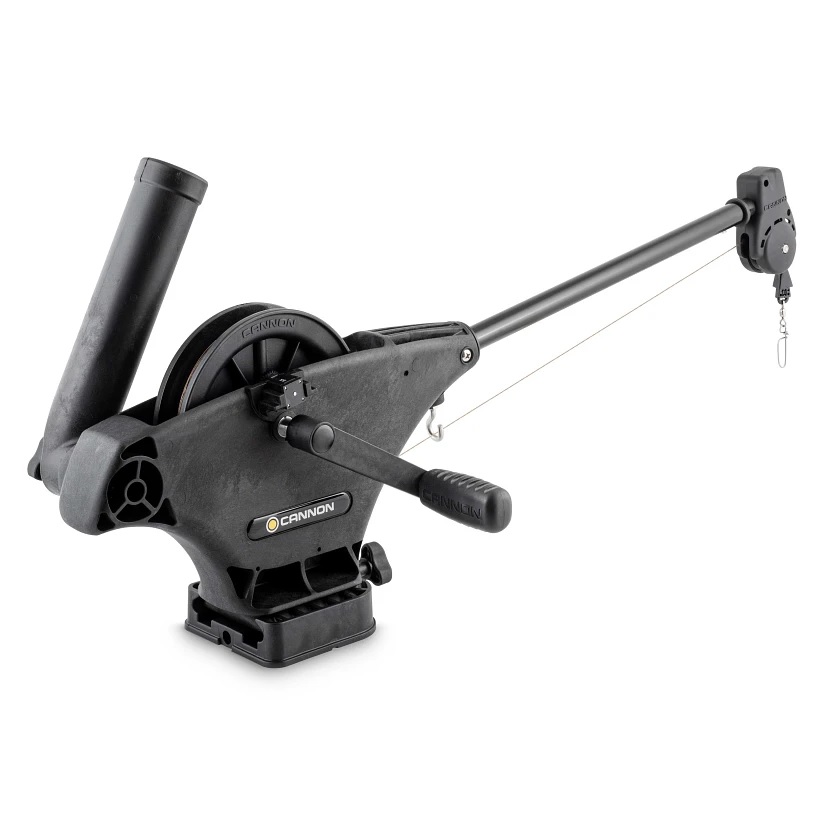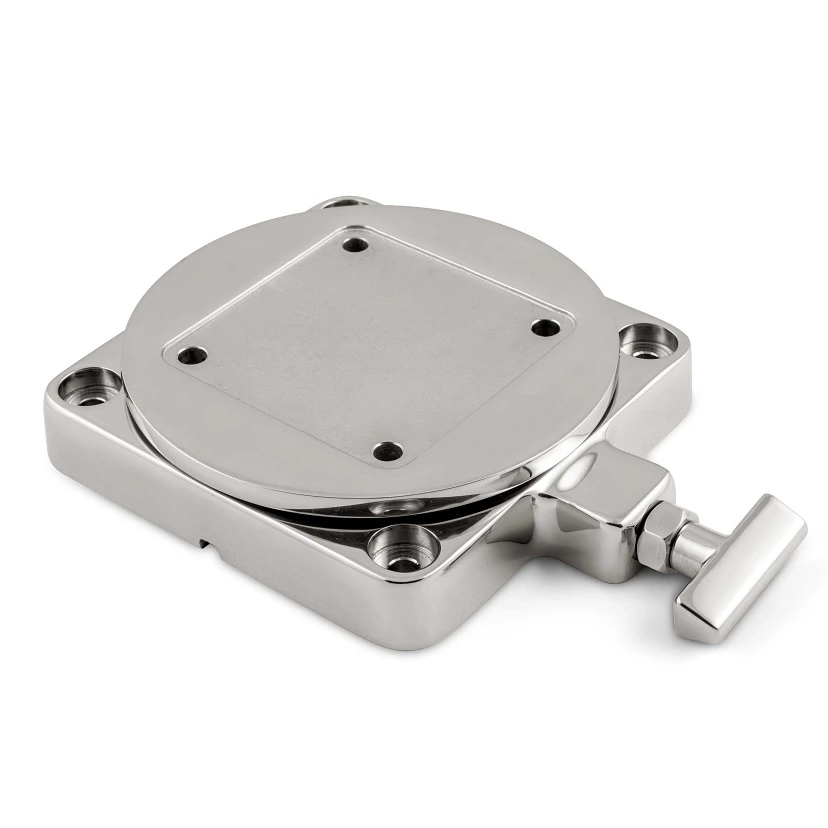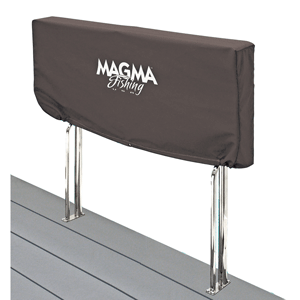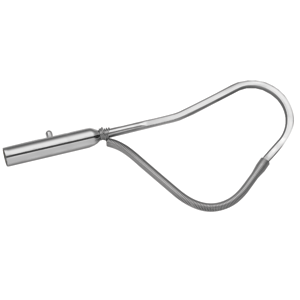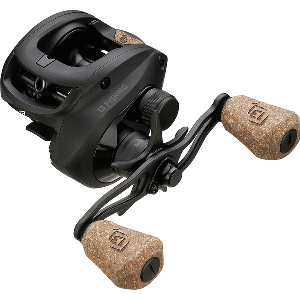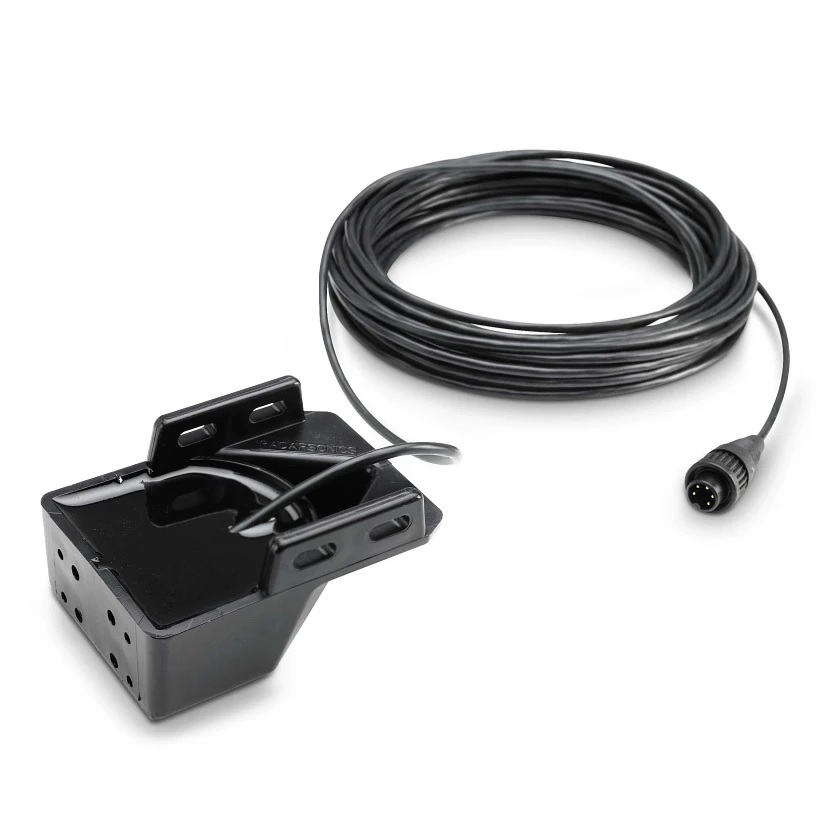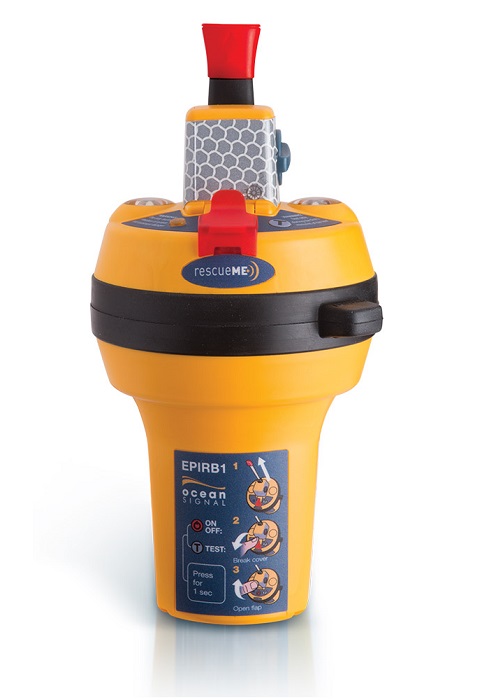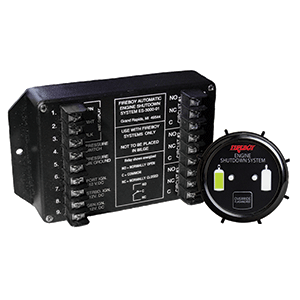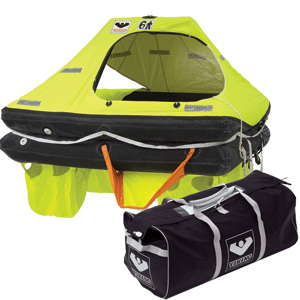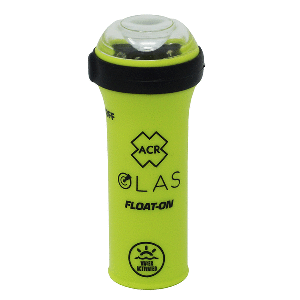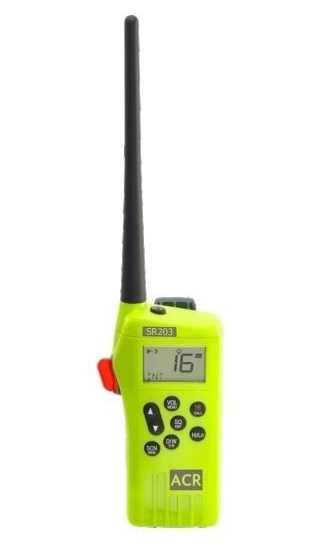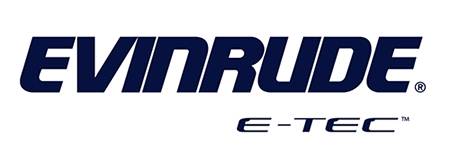“How to Repair a Lower Unit on Your Boat: Step-by-Step Guide”
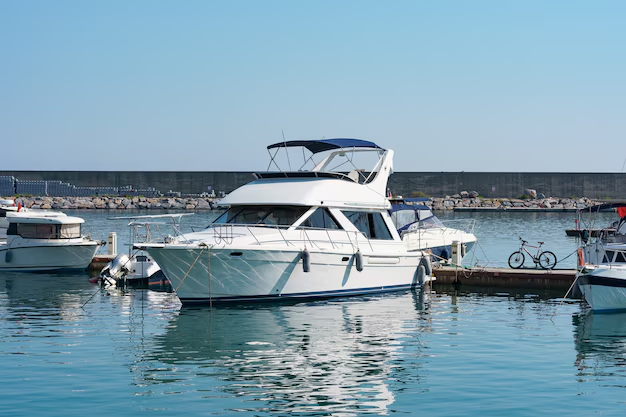
You Can Buy the Perfect Lower Unit for Your Boat at AllBoatSupplies.com
The lower unit of a boat’s engine is a critical component, housing the gearbox, propeller shaft, and driveshaft. If your boat’s lower unit starts malfunctioning, it can disrupt your boating adventures. Whether it’s due to water intrusion, gear damage, or wear and tear, repairing a lower unit doesn’t always require professional help. This guide provides a step-by-step approach to repair common lower unit issues, saving time and money.
1. Identify the Problem
Before starting repairs, it’s crucial to identify the exact issue. Common lower unit problems include:
- Water Contamination in Oil: Milky oil indicates water intrusion.
- Gear Damage: Clicking noises or difficulty shifting gears suggest damaged gears.
- Propeller Damage: Bent or damaged blades can impact performance.
- Seal or Gasket Wear: Cracked seals may allow water to enter.
Perform a visual inspection and check the oil for water contamination. Listen for unusual noises during operation, which could indicate internal damage.
2. Gather the Necessary Tools and Materials
Having the right tools ensures a smoother repair process. Here’s what you’ll need:
- Socket set
- Screwdrivers
- Torque wrench
- Gearcase seal kit
- Marine-grade grease
- Replacement parts (e.g., seals, gaskets, or propellers)
- Drain pan and new gear oil
Additionally, refer to the engine’s service manual for specific instructions and torque specifications.
3. Drain the Gear Oil
Start by removing the lower unit to access the gearcase:
- Place a drain pan under the drain plug.
- Unscrew the drain and vent plugs to allow the oil to drain completely.
- Inspect the drained oil for water or metal shavings.
- Milky oil indicates water contamination.
- Metal shavings may point to gear damage.
Dispose of the oil responsibly, adhering to local environmental regulations.
4. Remove and Inspect the Propeller
The propeller is a vital part of the lower unit that often suffers damage:
- Remove the cotter pin and loosen the propeller nut using a socket wrench.
- Slide the propeller off the shaft and inspect for cracks or bends.
- Replace a damaged propeller immediately.
- Check for fishing line or debris wrapped around the shaft. Clean it thoroughly.
5. Replace Worn Seals and Gaskets
Leaking seals or gaskets are a common cause of water intrusion in the lower unit:
- Use a seal puller to remove the old seals.
- Clean the seal area and apply marine-grade grease to the new seals.
- Install the new seals using a seal driver or similar tool, ensuring they fit snugly.
- Replace gaskets in the same manner, following the engine manual’s guidelines.
6. Inspect and Repair Gears
If the issue lies within the gears, more extensive repairs may be needed:
- Open the gearcase and inspect the gears for damage or excessive wear.
- Replace damaged gears, ensuring they are compatible with your engine model.
- Use a torque wrench to tighten bolts to the recommended specifications.
If you lack experience in repairing gears, consider consulting a professional mechanic.
7. Refill Gear Oil
Once repairs are complete, refill the lower unit with fresh gear oil:
- Insert a pump into the drain hole and slowly add marine-grade gear oil.
- Fill until the oil starts to flow out of the vent hole.
- Reinstall the drain and vent plugs securely to prevent leaks.
8. Test the Lower Unit
After reassembling the lower unit, test it to ensure proper functionality:
- Run the engine in a test tank or on muffs to check for leaks.
- Shift through all gears to verify smooth operation.
- Inspect for unusual noises or vibrations.
9. Preventive Maintenance Tips
To avoid future issues, practice regular maintenance:
- Change the gear oil annually or after every 100 hours of use.
- Rinse the lower unit with fresh water after each saltwater outing to prevent corrosion.
- Inspect the propeller and seals frequently.
10. When to Seek Professional Help
While DIY repairs can save money, some situations require professional assistance:
- Severe gear damage or cracked casings.
- Persistent water intrusion despite seal replacements.
- Unusual noises that remain unresolved.
Consult a certified marine mechanic for these complex issues.
Conclusion
Repairing a lower unit on your boat is manageable with the right tools, knowledge, and patience. By addressing issues promptly, you can save on costly repairs and keep your boat running smoothly. Regular maintenance and proper care of the lower unit will ensure you enjoy hassle-free boating for years to come.
